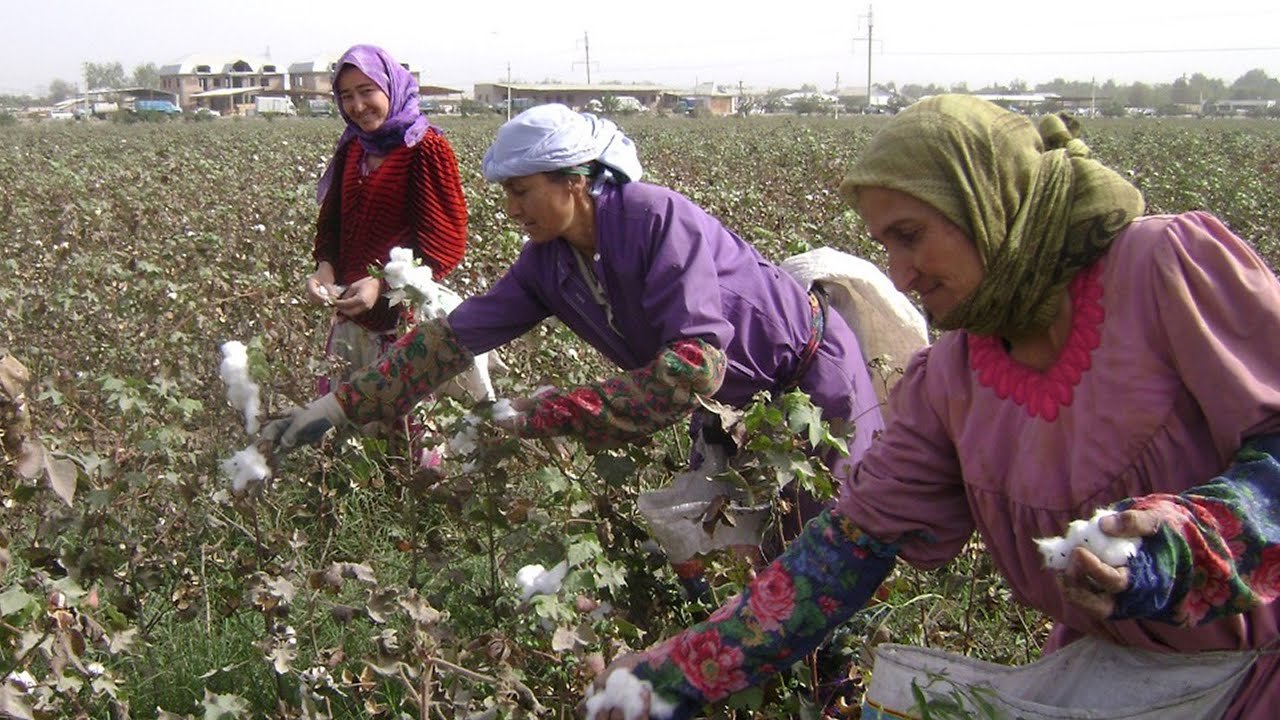Tajikistan has been ranked 114th out of 146 countries in the World Economic Forum's Gender Gap Report 2022. The country has scored 0.663, on a scale of 0 to 1.
The Global Gender Gap Index tracks the world's progress toward gender parity in four key aspects: political empowerment, health and survival, educational attainment, and economic participation and opportunity.
Tajikistan has the lowest ranking on the Education subindex (117th). In the Health subindex, the country has been ranked 84th, the Economic Participation and Opportunity subindex – 107th, and the Political Empowerment subindex – 109th.
Iceland has topped the list becoming the most gender equal country for the twelfth time in a row, by closing more than 90% of its gender gap.
It is followed by Finland (0.860), Norway (0.845), New Zealand (0.841) and Sweden (0.822).
Afghanistan has been ranked the lowest in the Gender-Gap Index
The Global Gender Gap Report 2022 says the gender parity is not recovering and it will take another 132 years to close the global gender gap.
This year, the Global Gender Gap Index benchmarks 146 countries, providing a basis for robust cross-country analysis. The Global Gender Gap Index measures scores on a 0 to 100 scale and scores can be interpreted as the distance covered towards parity (i.e., the percentage of the gender gap that has been closed). The cross-country comparisons aim to support the identification of the most effective policies to close gender gaps.
Key findings include the index results in 2022, trend analysis of the trajectory towards parity, and data deep dives through new metrics partnerships and contextual data.
In 2022, the global gender gap has reportedly been closed by 68.1%. At the current rate of progress, it will take 132 years to reach full parity. This represents a slight four-year improvement compared to the 2021 estimate (136 years to parity). However, it does not compensate for the generational loss which occurred between 2020 and 2021: according to trends leading up to 2020, the gender gap was set to close within 100 years.
The Global Gender Gap Report was first published in 2006 by the World Economic Forum. The Global Gender Gap Index is an index designed to measure gender equality.
It assesses countries on how well they are dividing their resources and opportunities among their male and female populations, regardless of the overall levels of these resources and opportunities. By providing a comprehensible framework for assessing and comparing global gender gaps and by revealing those countries that are role models in dividing these resources equitably between women and men, the report serves as a catalyst for greater awareness as well as greater exchange between policymakers.
The report examines four overall areas of inequality between men and women in 130 economies around the globe, over 93% of the world's population: 1) economic participation and opportunity – outcomes on salaries, participation levels and access to high-skilled employment; 2) educational attainment – outcomes on access to basic and higher level education; 3) political empowerment – outcomes on representation in decision-making structures; and 4) health and survival – outcomes on life expectancy and sex ratio.







